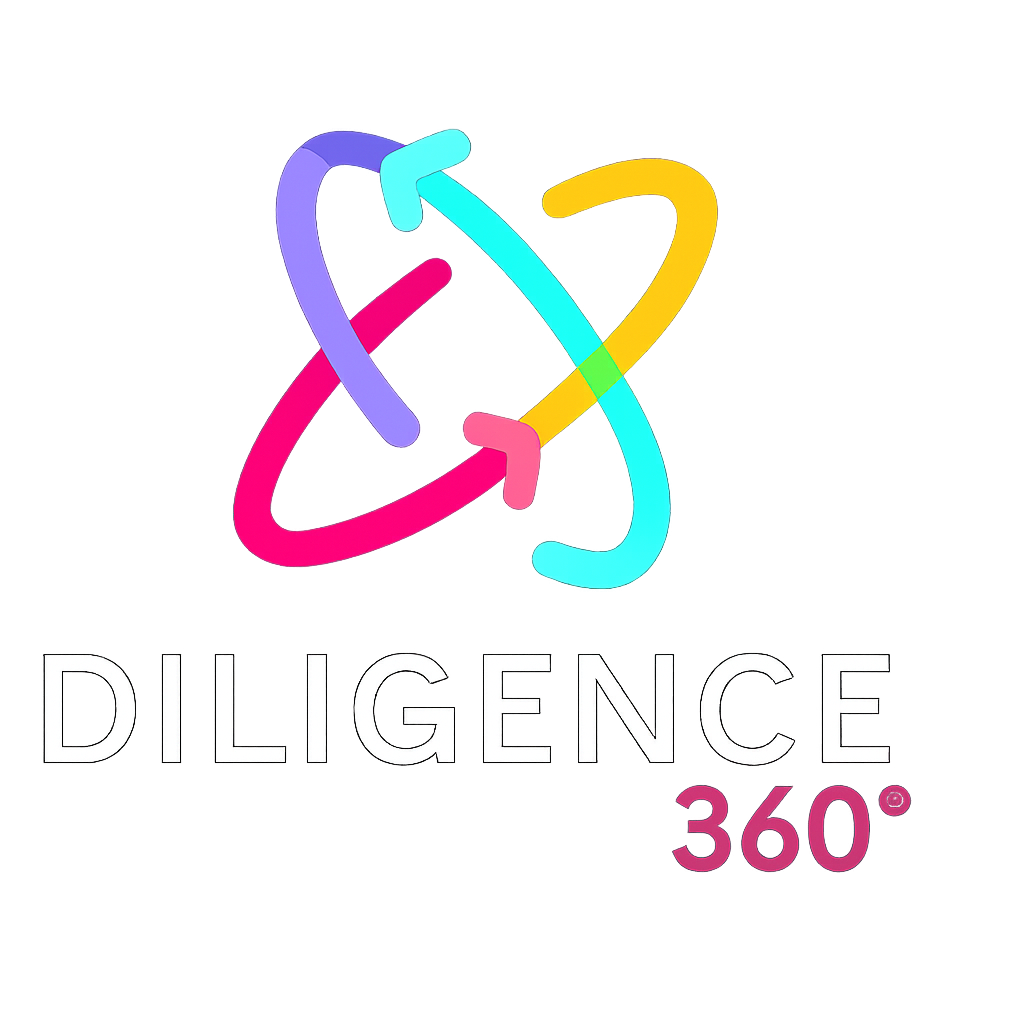Training
/
ISO/IEC 27005:2022 – Information Security Risk Management

ISO/IEC 27005:2022 – Information Security Risk Management
What Is ISO/IEC 27002?
ISO/IEC 27005:2022 is a globally recognized standard that supports the implementation of ISO/IEC 27001, the leading standard for information security management systems (ISMS). It provides detailed guidelines for managing risks related to information security, ensuring the confidentiality, integrity, and availability of data.
Key features of ISO/IEC 27005:2022 include:
- Risk Identification: Helps organizations pinpoint vulnerabilities and threats to their information assets.
- Risk Assessment: Provides a structured process to evaluate the likelihood and impact of risks.
- Risk Treatment: Offers strategies to mitigate, transfer, or accept risks based on their severity.
- Integration with ISMS: Aligns seamlessly with ISO/IEC 27001 for a holistic approach to information security.
By adopting ISO/IEC 27005, organizations can protect sensitive data, comply with regulatory requirements, and build trust with stakeholders.
For more information about this service or to get a tailored quote for your organisation, please enquire below and one of our experts will be in touch shortly.
You may also interested in




Key Benefits of ISO/IEC 27005:2022
Implementing ISO/IEC 27005:2022 offers significant advantages for organizations looking to strengthen their information security posture:
1. Data Protection
Safeguard sensitive information from cyberattacks, data breaches, and unauthorized access. This ensures the confidentiality and integrity of your data.
2. Regulatory Compliance
Meet data protection laws and industry-specific regulations, such as GDPR, HIPAA, and PCI-DSS. This reduces the risk of fines and legal penalties.
3. Stakeholder Trust
Demonstrate robust information security practices to build confidence with customers, partners, and investors. This enhances your reputation and strengthens relationships.
4. Operational Efficiency
Streamline risk management processes to reduce costs and improve productivity. A structured approach to information security minimizes disruptions and downtime.
5. Proactive Risk Management
Identify and address risks before they escalate into major incidents. This proactive approach helps prevent costly data breaches and operational disruptions.

